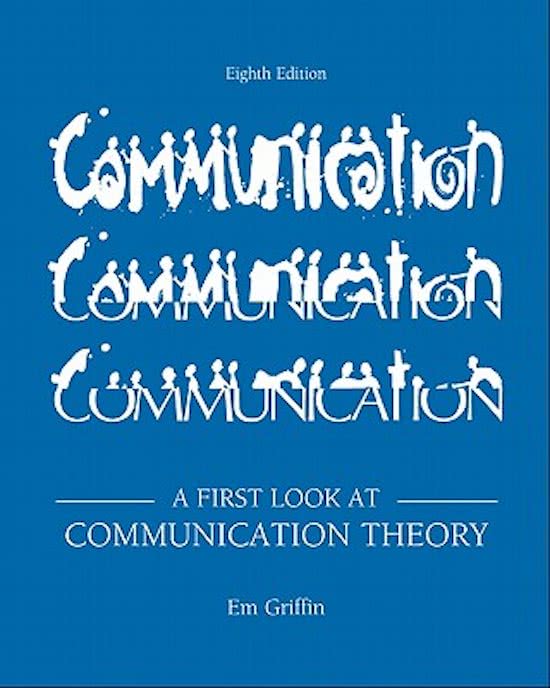Samenvatting
Summary VOLLEDIGE TENTAMENSTOF - EXAM B Inleiding Communicatiewetenschap/Introduction to Communication Science
- Instelling
- Vrije Universiteit Amsterdam (VU)
Volledige overview van alle verplichte tentamenstof voor Exam B van het vak Inleiding Communicatiewetenschap/Introduction to Communication Science.
[Meer zien]














